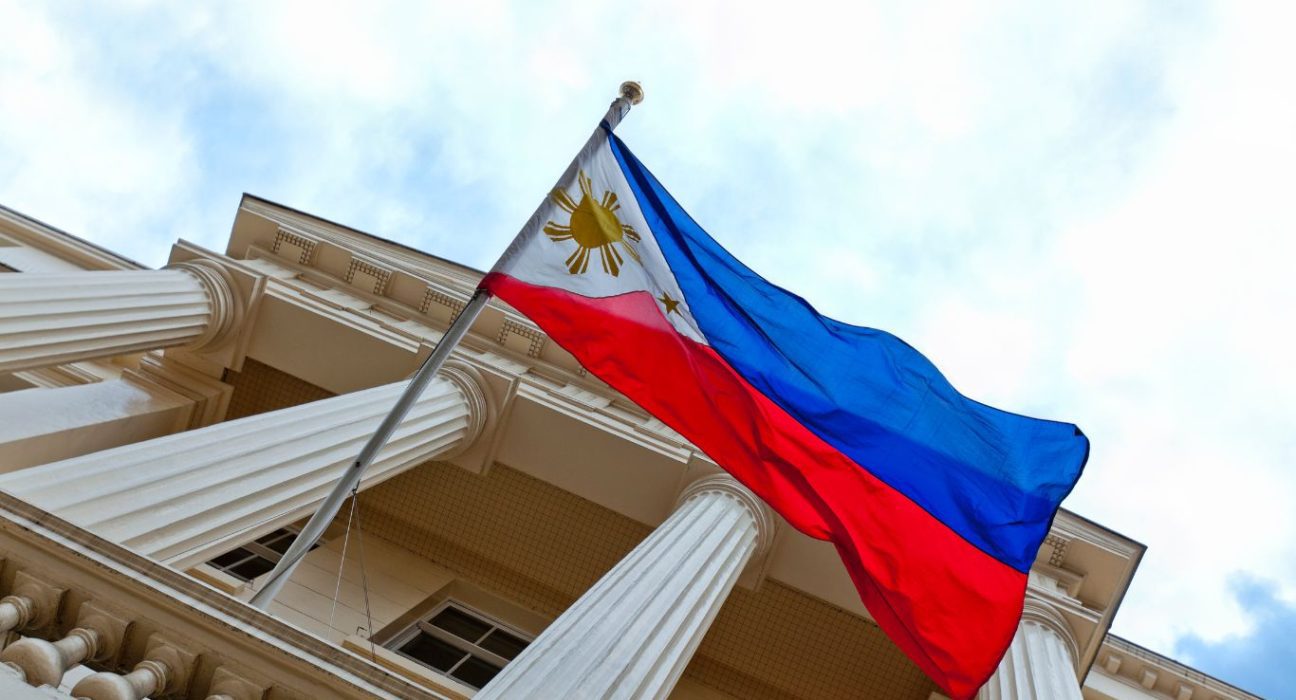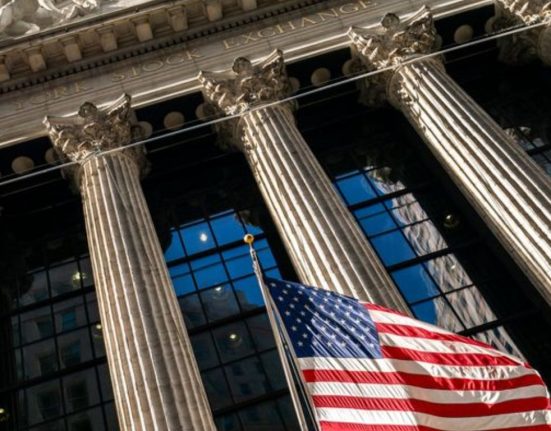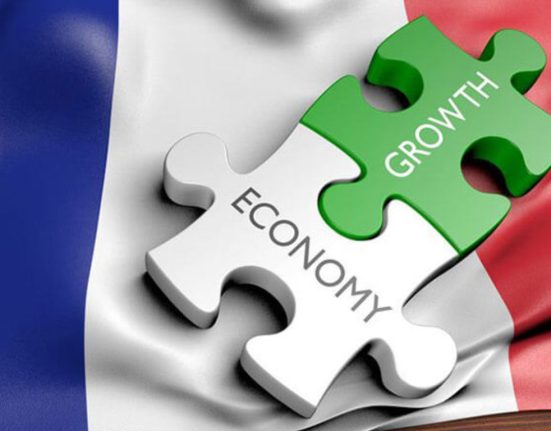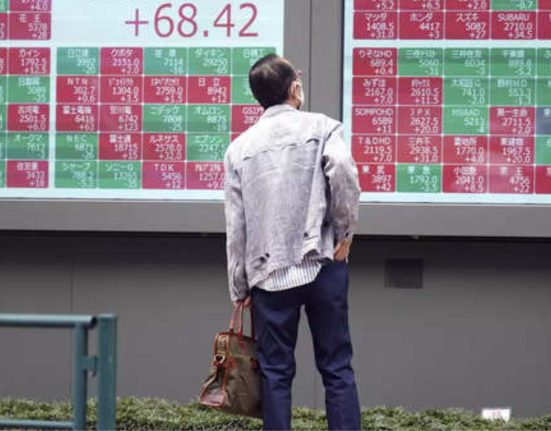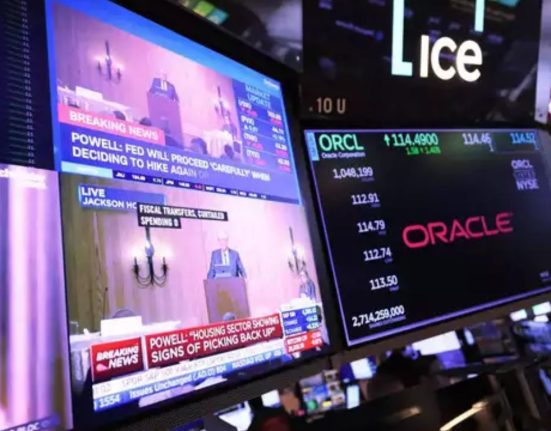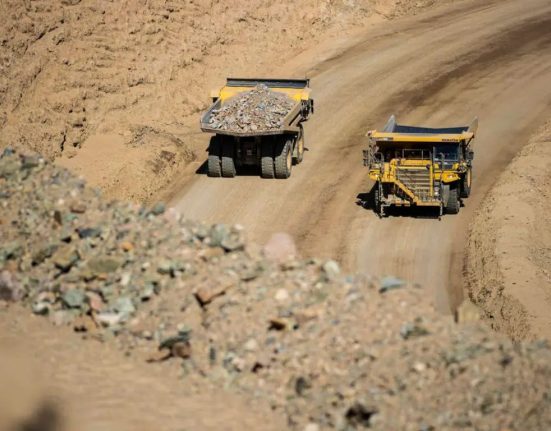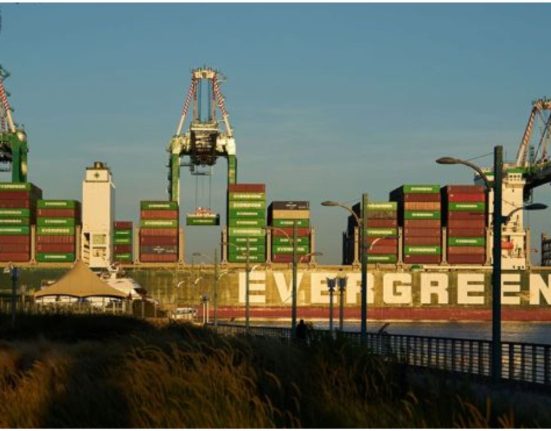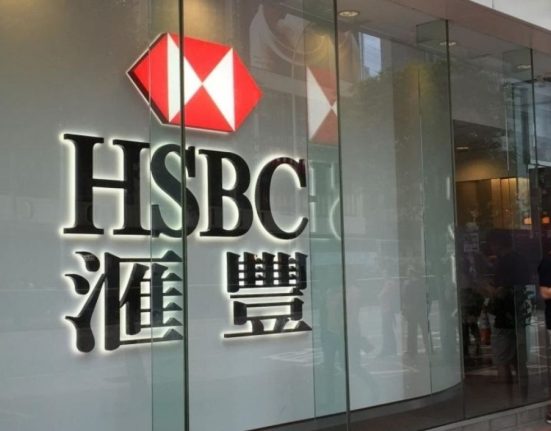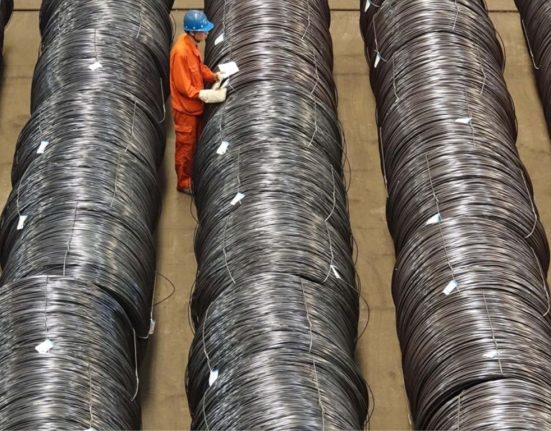The Philippines’ annual inflation slowed down in April, providing support for the central bank to pause interest rate hikes. Officials said that the country’s consumer price index rose 6.6% from a year earlier, marking the slowest pace of increase since August. Month-on-month inflation posted zero percent growth for a second consecutive month. These figures are expected to lead to inflation settling within the government’s 2% to 4% target in the fourth quarter of the year.
This news comes as a welcome relief to the Bangko Sentral ng Pilipinas (BSP), which had already raised interest rates twice this year in a bid to tame inflation, which had been pushed up by the pandemic-induced supply chain disruptions and rising food and oil prices. The BSP had been expected to raise rates again at its next meeting on May 18, but the easing inflation rate may convince them to hold off.
The BSP Governor, Felipe Medalla, noted that the month-on-month inflation trends “present an even stronger argument” for keeping interest rates unchanged. The central bank’s inflation target range of 2% to 4% has not been met since early 2019, but the recent slowdown in inflation suggests that the country is on track to achieve its target range in the fourth quarter of 2022.
Lower food prices were the main contributor to the slowing inflation rate in April. This was due in part to a decline in pork prices, which had previously been driving inflation higher. However, the easing of food prices was offset by the rising costs of fuel and electricity. Transport costs, which account for 3.3% of the inflation basket, increased by 21.8% in April, compared with a 16.1% rise in March.
While the easing inflation rate is good news for the Philippines, it may also reflect a weaker economy. The pandemic-induced lockdowns and restrictions have taken a toll on businesses and households, leading to weaker demand for goods and services. This has resulted in lower inflation rates as businesses cut prices to stay afloat and households reduce their spending.
The Philippine government has been taking steps to support the economy, such as providing financial assistance to low-income households and businesses affected by the pandemic. The country’s economic team also recently announced a set of measures aimed at boosting economic recovery, including increasing spending on infrastructure projects and promoting foreign investment.
In conclusion, the easing inflation rate in the Philippines is a positive development for the country’s economy and may support the case for pausing interest rate hikes. However, rising fuel and electricity costs, as well as the ongoing impact of the pandemic, continue to pose challenges. The government will need to remain vigilant and take further measures to support economic recovery in the coming months.
